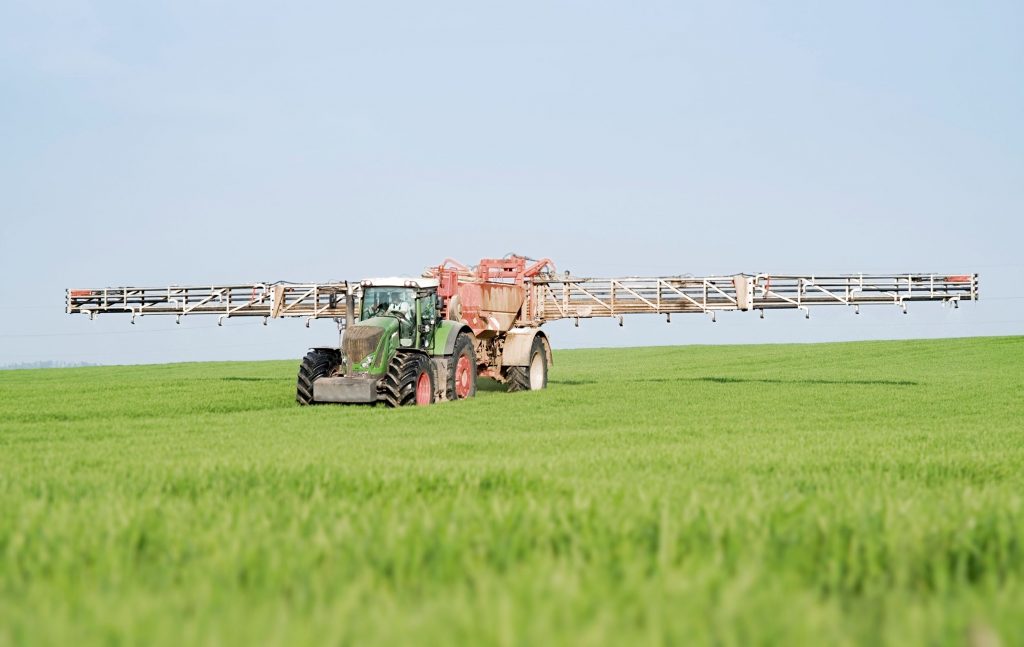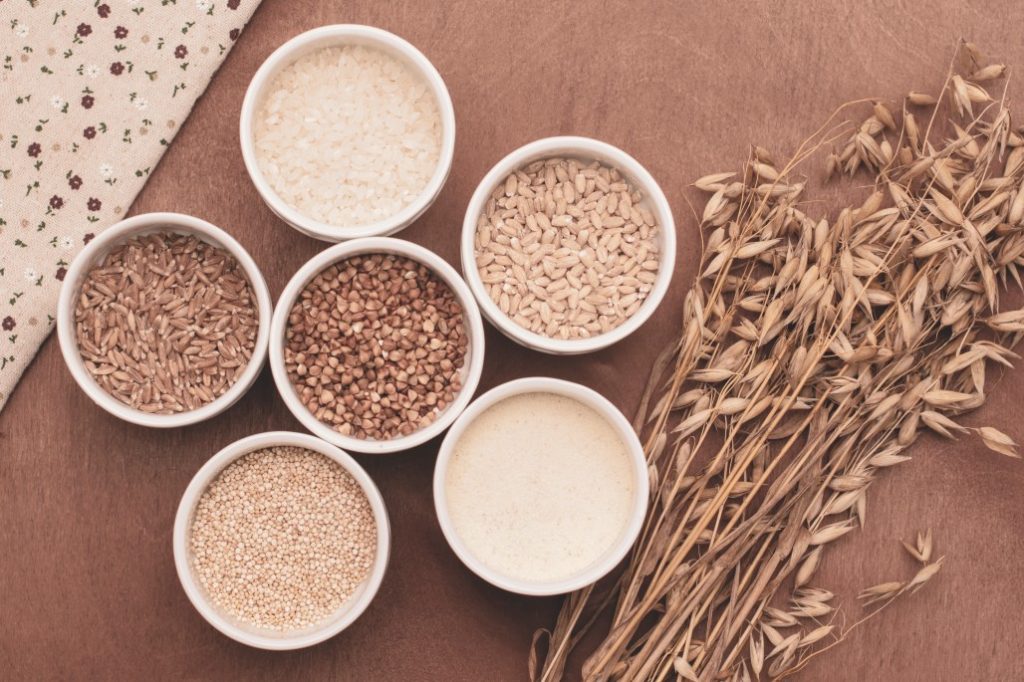Celiac disease and gluten intolerance have been known to humanity since ancient times. Something strange, however, has been happening over the past decade in North America. The incidence of gluten-related disorders has been increasing dramatically.
The problem became apparent when Americans with gluten sensitivity started noticing they could eat wheat products overseas without experiencing the usual symptoms, such as stomach pain, diarrhea, bloating, and rashes.
Since the surge in gluten intolerance can only be partially explained by better detection, faster rates of diagnosis, and increased consumption of wheat, researchers believe that something else is at play. So what is it about American wheat that’s causing the steady rise in gluten intolerance among the US population?
Glyphosate & wheat
As it turns out, it’s not wheat alone that’s driving the rise in gluten-related disorders in the United States, but rather a chemical called glyphosate. Glyphosate is the active ingredient in Roundup, a systemic herbicide produced by Monsanto.
Discovered by Monsanto chemist John E. Franz in 1970, glyphosate is one of the most widely used broad-spectrum herbicides and desiccants in the world. Sold under the trade name Roundup, glyphosate is used by farmers to kill different types of weeds, especially those that grow around commercial crops.
When Monsanto started producing genetically-modified (GMO) crops resistant to Roundup, the use of this herbicide increased enormously. By switching to Roundup Ready crops, farmers could use as much glyphosate as needed to kill weeds without harming the crops.

There are currently 9 commercially-used GMO foods that are routinely treated with glyphosate. These include soy, corn, cotton oil, alfalfa, canola oil, sugar from sugar beets, zucchini, yellow squash, and Hawaiian papaya.
As you can see, wheat is nowhere to be found on this list. This is because there is no GMO wheat approved for commercial use anywhere in the world. So, if wheat causes gluten intolerance and wheat is not a GMO food, why would farmers use glyphosate on wheat?
There is a common practice among American farmers to spray Roundup on wheat just before the harvest. In this way, the plant is killed together with the weeds, which causes grains to dry more quickly and evenly. This process is known as “desiccation” and it enables farmers to speed up the harvest, increase yield, and reduce costs.
Health risks of glyphosate
It is suspected that glyphosate triggers gluten intolerance by disrupting the gut flora. The herbicide suppresses P450, liver enzymes that play an essential role in protecting the body against environmental toxins. People with the Coeliac disease have impaired P450 enzymes, as well as low levels of iron, cobalt, molybdenum, copper, and other rare metals. Both of these problems are associated with glyphosate exposure, which means that the herbicide can cause the symptoms of gluten intolerance even in people who don’t have Coeliac disease.
What’s even more concerning about the use of Roundup in wheat production is the association between glyphosate and a number of potentially fatal conditions, including different types of cancer.

The link between glyphosate and cancer is still a matter of debate. While the Environmental Protection Agency (EPA) has classified glyphosate as “not likely to be carcinogenic to humans”, the International Agency for Research on Cancer (IARC) has classified it in Group 2A, which means it’s “probably carcinogenic to humans”.
According to a systematic review published in the Journal of Environmental Science and Health, there is no causal relationship between glyphosate exposure and the risk of any type of lymphoma. Jennifer Sass, a Senior Scientist at the Natural Resources Defense Council (NRDC), has criticized these findings, claiming that the review was funded by Monsanto.
The scientific jury is still out on whether glyphosate directly causes cancer. However, there is enough strong evidence that this herbicide harms human health. So what should you do to minimize your exposure to glyphosate?
How to avoid it
While some pesticides can be removed by soaking produce in a baking soda solution, this isn’t the case with glyphosate. This is because only some of the glyphosate stays on the surface of the plant and the rest is absorbed into the plant tissue.
In other words, there’s nothing you can do to remove glyphosate from your food. Your best bet is to err on the side of caution and avoid all foods treated with Roundup.
Keep in mind that it’s not enough to look for the words “Non-GMO” on the products as this label doesn’t really say anything about whether the ingredients were sprayed with glyphosate. Instead, buy products with either USDA Organic or Glyphosate Residue Free labels.
Sources:



Leave a Reply